Fortis’ Ajey Maharaj charts the evolution in healthcare communications
In the last 10 years, PR has taken a different dimension, especially after the entry of social media and the rapid shift to digital during the pandemic period. At the same time, the industry has been facing stiff challenges, moreover client expectations have also increased, with more emphasis being given to digital and online reputation management. The industry has undergone a radical shift and the current times have pushed the industry to change gears.
In conversation with Adgully, Ajey Maharaj, Head - Corporate Communications & PR, Fortis, speaks at length about the evolution in the role of corporate communications in the healthcare industry, new technologies and innovations in Fortis’ healthcare services, importance of transparency in healthcare, and much more.
Previously, you were associated with power distribution, telecommunications companies. What inspired you to take on a leadership role in this healthcare institution?
Life is all about accepting new challenges and exploring different opportunities and industries. Over the years, and especially during the pandemic, the healthcare sector has been at the centrestage and is no longer a soft sector anymore. It is a high priority for the Government. With the emergence of high quality private players and new investments coming in, the potential for patient-provider communication has increased. Working in this sector also gives you an opportunity to give back to the society.
How different is the corporate communication side of a healthcare institution from others?
Healthcare is about improving patients’ lives. What we are dealing with is the criticality of saving and enriching lives. Healthcare Communications is challenging, where one needs to be available 24/7. Responsible and timely communications are important to convey the right messages to key stakeholders and patients and can save lives. In the absence of correct information, patients often tend to choose wrong service providers and some even pay a higher price for late or incorrect diagnosis/ treatment. Often patient communication might be incomplete, misleading, generic, copied or unverified. As communication professionals, we need to be very particular about the information that goes out to our patients and consumers, thus transparency is the key. Both internal and external communications play an important role in Healthcare as our staff also has to be aligned with the communication goals.
What steps are being taken to integrate new technologies and innovations into the Fortis’ healthcare services?
At Fortis, we remain committed towards enabling operations with technology. We are working on an Electronic Medical Record (EMR) system, to be deployed across Fortis, this would enable us to streamline information flow, increase accessibility to healthcare records and provide a superior patient experience, which has been our constant focus. We are according high priority to the procurement of medical equipment programs. Latest Medical Infrastructure such as Mako Robots, BK Fusion Ultrasound, Digital PET CT Scan, 128 slice CT Scanner are some of the few technologies acquired recently at Fortis.
Could you provide examples of successful partnerships or collaborations that have benefited the institution and its patients?
There are a few sterling examples where Fortis took an early lead - organ donation and mental health.
Organ donation:
We launched an organ donation campaign with an objective to garner public support to encourage people to come forward and pledge their organs.
Mental Health – Fortis’ partnerships with FICCI, Patenting platforms and schools across India
- Conducted a multi-city survey (sample size of 3000 people) on a pan-India level to gain insight into society’s attitude towards mental healthcare and its importance in India
- Partnership with the online parenting portal, Mycity4kids.com for FB live chats
- Organised interactive sessions on ‘Coping with Peer Pressures’ in 42 schools, reaching out to 10,000 students and 4,000 teachers
- Conducted Expert-led talks in 30 schools across Delhi/NCR on ‘Depression: Let’s Talk’, which reached over 50,000 students
- Fortis 24 x 7 Helpline to enable students, parents and professionals to seek help
- Launch of a pan-India psychology quiz, PSYCH-ED
- Collaborated with FICCI to organise a seminar on “Depression: Let’s Talk”, where experts included: Ministry of Health, NITI Aayog, and medical practitioners from public and private healthcare across India
- National webinars across 10 cities in India, reaching out to 10,000 employees
How does the institution approach diversity, equity, and inclusion in healthcare delivery and workforce?
We are proud of the gender balance, equity, diversity and inclusion that we have been able to foster at all levels across Fortis. These elements are deeply embedded in our culture. The overall gender balance ratio, for instance, is in favour of women by 54:46. We also have a good representation of women within the leadership team at hospitals, clinical teams and at the corporate level. I believe that our ability to attract, develop and retain a highly competent and diverse workforce is key to our success. Our gender diverse workforce provides us access to a broader talent base and helps us to spot and seize new opportunities. Our patients come from all walks of life, and the diverse cultural backgrounds, ethnicities and behavioral attributes of our workforce helps us better understand and serve the needs of this diverse customer base.
Diversity in the workforce impacts the entire community. Greater gender inclusion in the workforce enhances more equitable norms in society. I also believe that diversity in the workforce improves the quality of life of the younger generation joining the workforce as they have an opportunity to witness diversity in action whilst benefiting from role models across the demographic spectrum.
With the increasing focus on transparency in healthcare, how will the institution communicate complex medical information in a way that is easily understandable to the general public?
A lot of innovation and technological advancements have taken place in the recent past in the healthcare sector. Many complex health conditions which couldn’t be treated earlier and were difficult to diagnose, are being treated easily with successful clinical outcomes. Who would have imagined getting a surgery being conducted by robotic technology a decade earlier? Similarly, we hadn’t heard of auto liver transplants – where the diseased part of the liver is removed, damaged veins are reconstructed or replaced with artificial veins, and finally the liver is re-implanted in the body. In order for the layman to be aware of such complex cases and medical milestones, such successful case studies are framed in a simple language and shared with the media for laymen to understand. Videos have become an important form of communication. A lot of technical cases are being explained through videos.



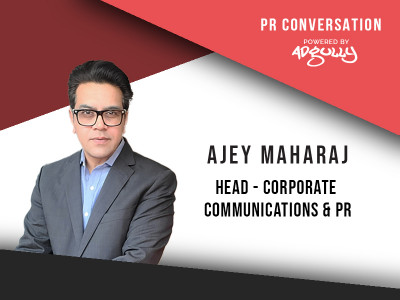

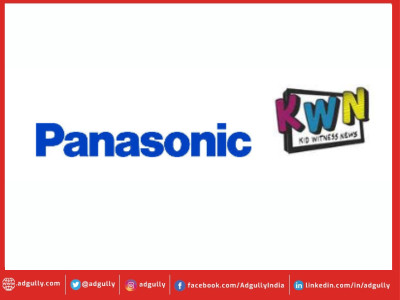
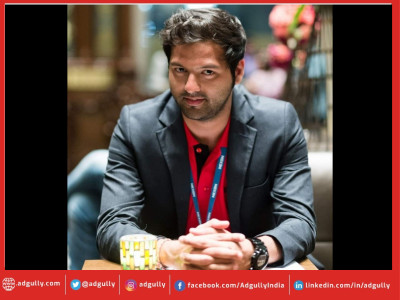

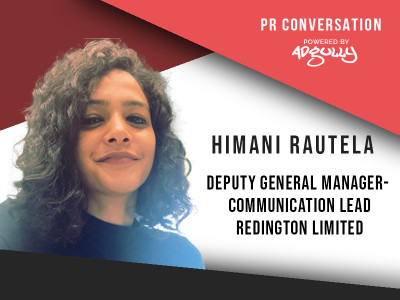
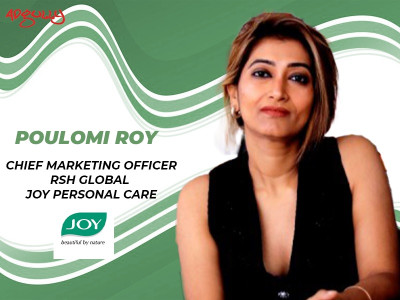





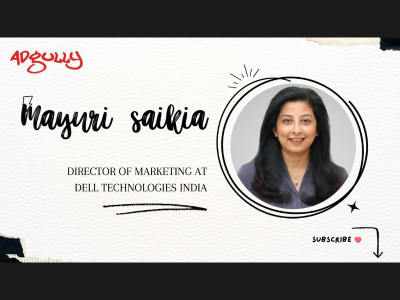


Share
Facebook
YouTube
Tweet
Twitter
LinkedIn